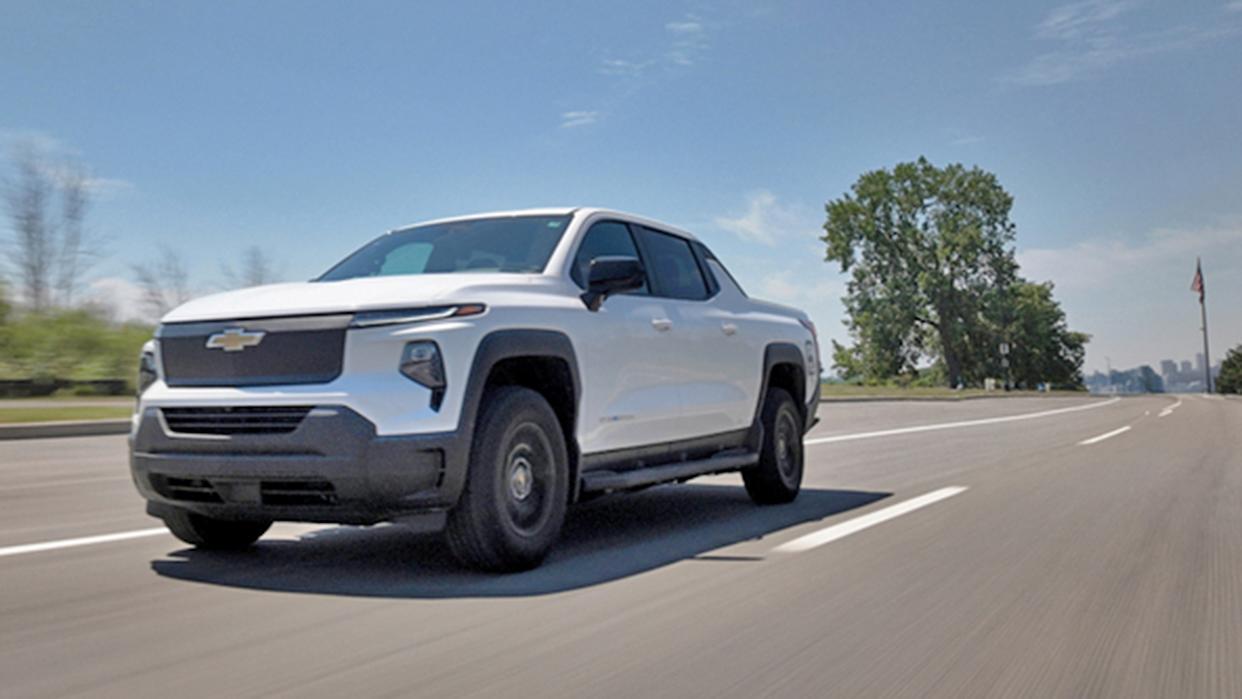
Electric cars and trucks may never fully escape the stigma of range anxiety, but a team of GM engineers just proved that EVs are really no different from any other cars. At least, in the sense that much of how they perform comes down to how you drive them. In this case, some employees engaged in a team-building exercise managed to eek 1,059 miles from a single charge in a truck rated by the EPA to travel just 493.
Currently, Lucid holds the Guinness World Record for miles traveled on a single charge at 749. GM’s effort was never meant for the record books. Instead, it was meant to foster unity between the company’s electric-vehicle engineers. That’s not to say it wasn’t meticulously planned. GM says a team of 40 engineers spent months putting a plan together, followed by a full week of back-to-back drive stints to actually make it happen.
To double the Silverado’s range, GM’s engineers broke out virtually every trick in the hypermiler’s handbook. All of its tires were inflated to their maximum safe pressures and its windshield wipers were moved into their lowest positions (reduing rolling resistance and drag, respectively), the spare wheel and tire were removed to reduce weight, and for the majority of its drive time, the truck itself had only the driver and occasionally a single passenger—a good thing, considering they didn’t use the air conditioning. The test was conducted in summer to eliminate cold battery performance as a limiting factor. The engineers even tweaked the truck’s alignment to reduce rolling resistance in the tires.
You may not be willing to do all of those things just to get more range out of your own truck, but you could if you were so inclined.
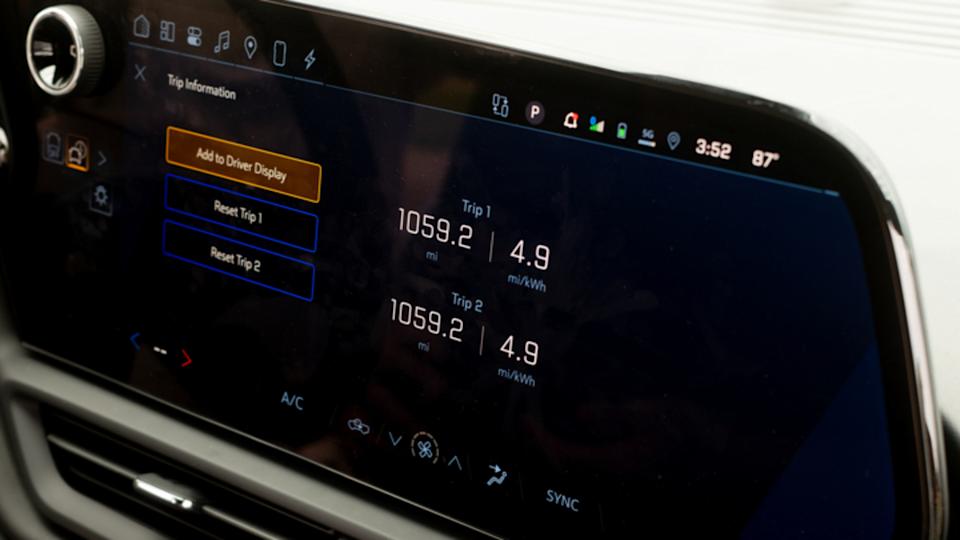
But even with all of this prep work, the key element to this whole plan was the actual driving strategy. Not only did the engineers need the truck to behave optimally, but they’d have to operate it with equal precision. In plain terms, that meant controlling their speed. Ideally, the team decided they’d need to keep speeds to around 20 or 25 miles per hour to operate efficiently.
While suburban Detroit has its share of traffic-choked sprawl, average speeds are still far higher than that. To improve consistently (and stay out of the way of commuter traffic), the team stuck to two primary locations: roads local to their development facility in Milford, along with the park roads on Detroit’s Belle Isle. The latter is little more than a sandbar in the middle of the Detroit River, so not only were the speed limits conducive, but the terrain was forgiving too.
Getting to and from the Island, however, proved more challenging; even the exurban roads in Oakland County tend to move faster than the speeds GM was targeting, prompting us to ask how that was handled. Per a GM spokesperson, the team drove during off-peak times to avoid traffic and tried to take the most efficient routes available. Occasionally, they had no choice but to keep up with traffic, even if it meant violating their self-imposed speed limits. Safety first.
This effort probably won’t change anybody’s minds about EVs, but it’s a sign of one sure thing: passion. In a world of same-same electric cars being produced with what seems like little enthusiasm, it’s reassuring to see that some folks care enough to showcase their work like this. Here’s hoping it spawns some friendly competition.
Got a tip? Drop us a line at [email protected].
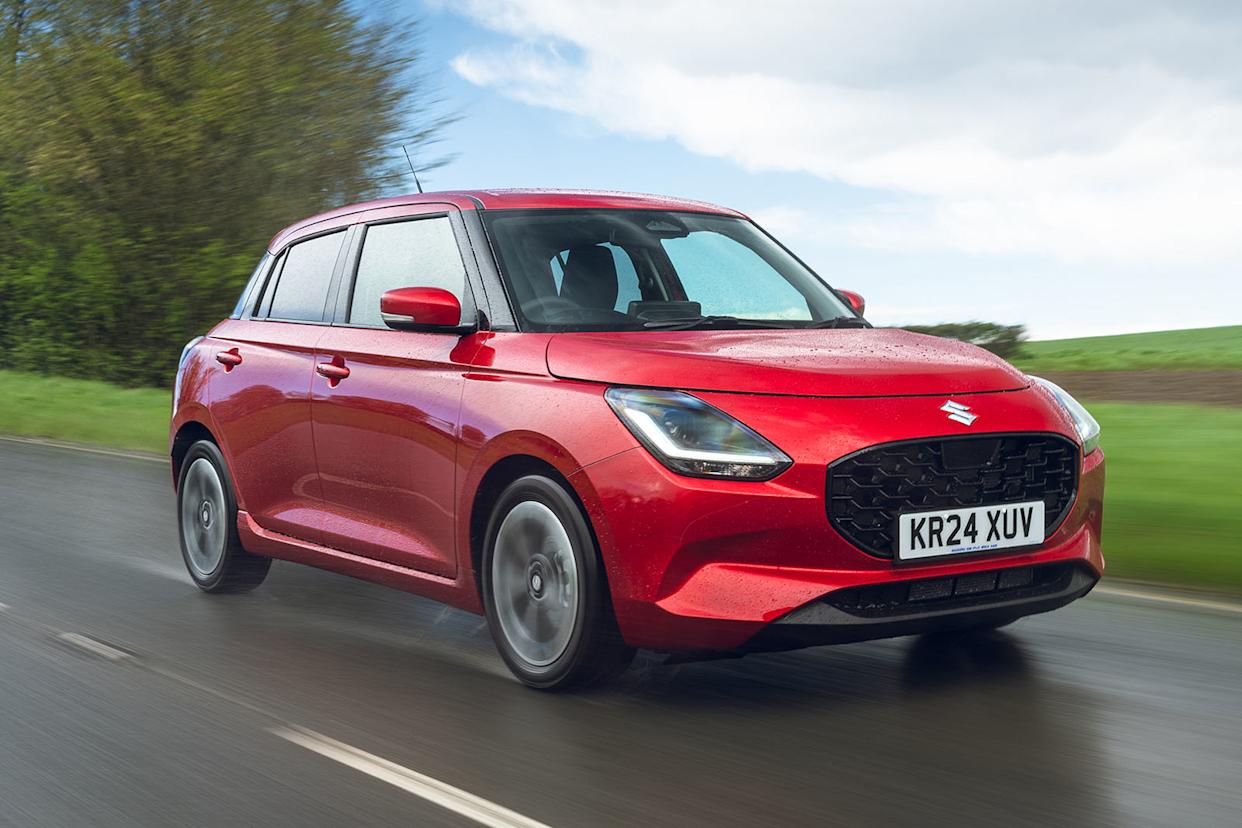
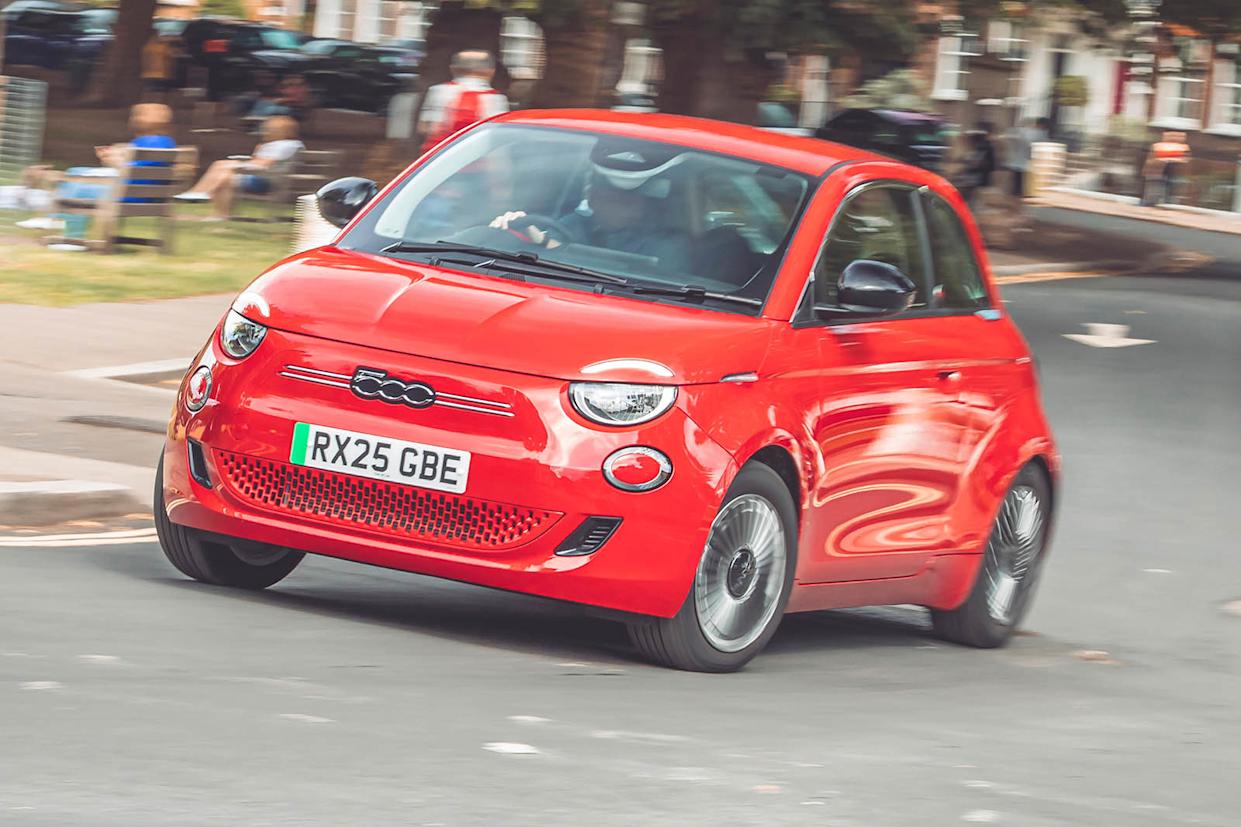
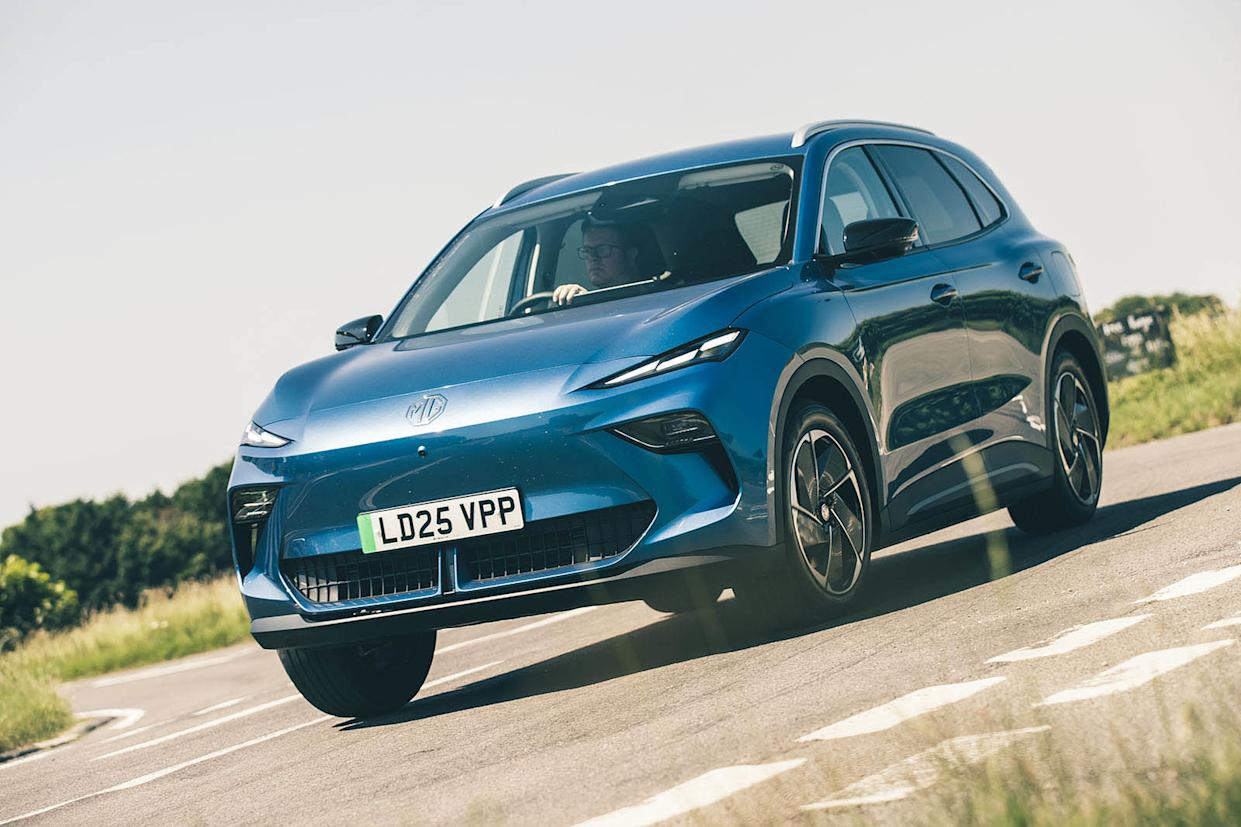
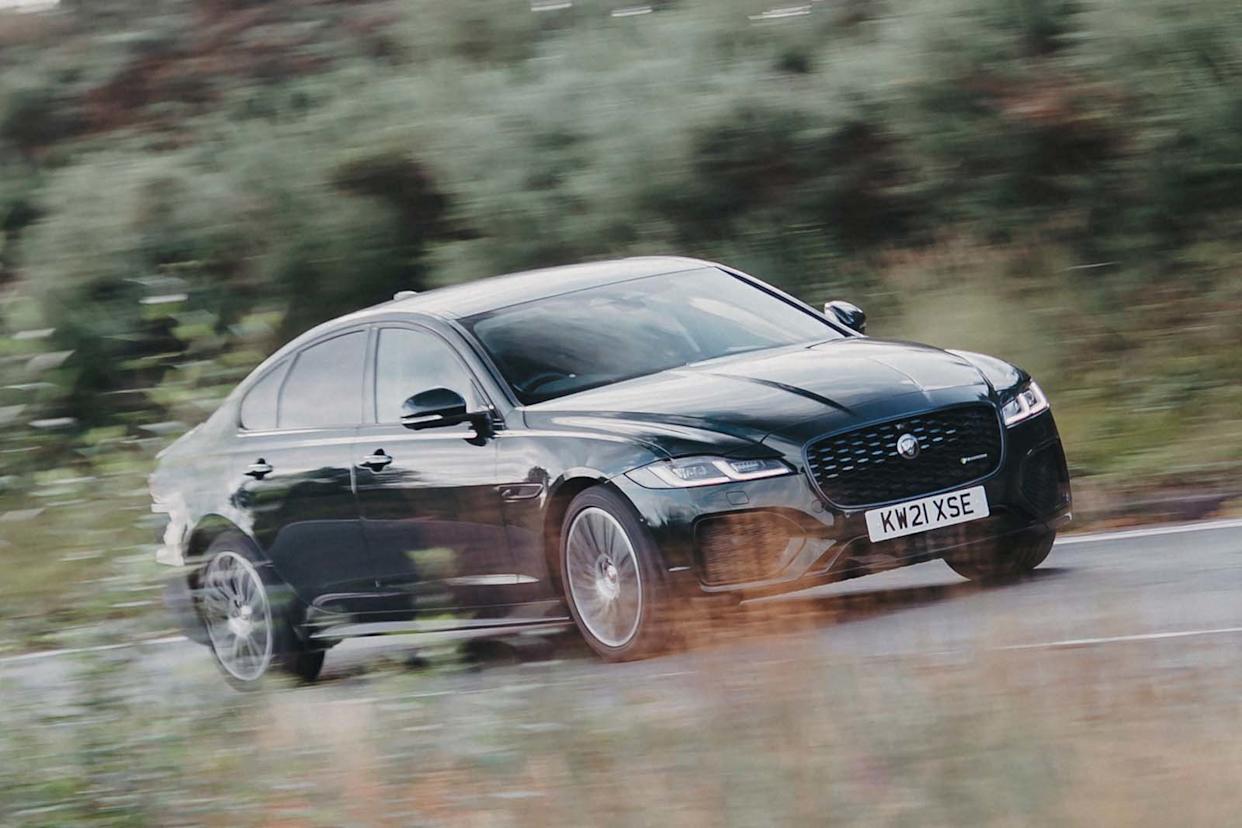
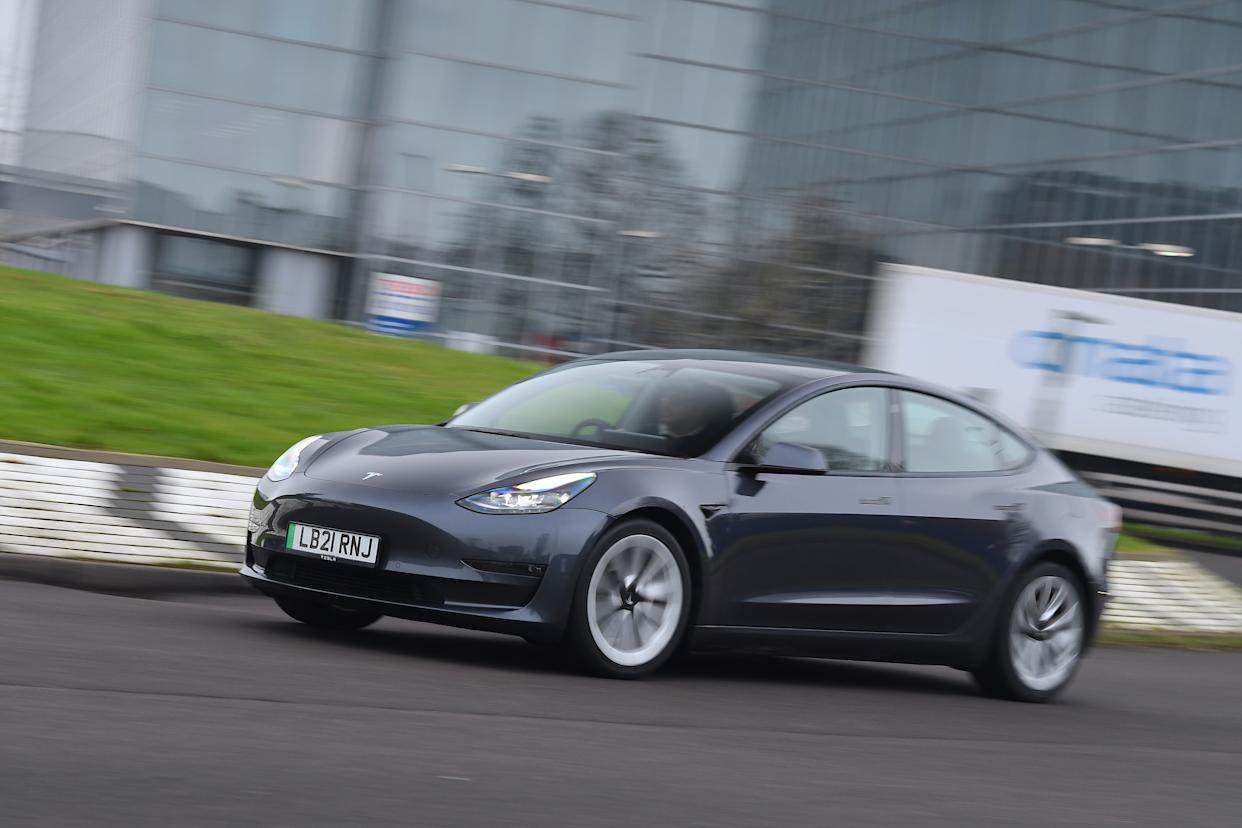
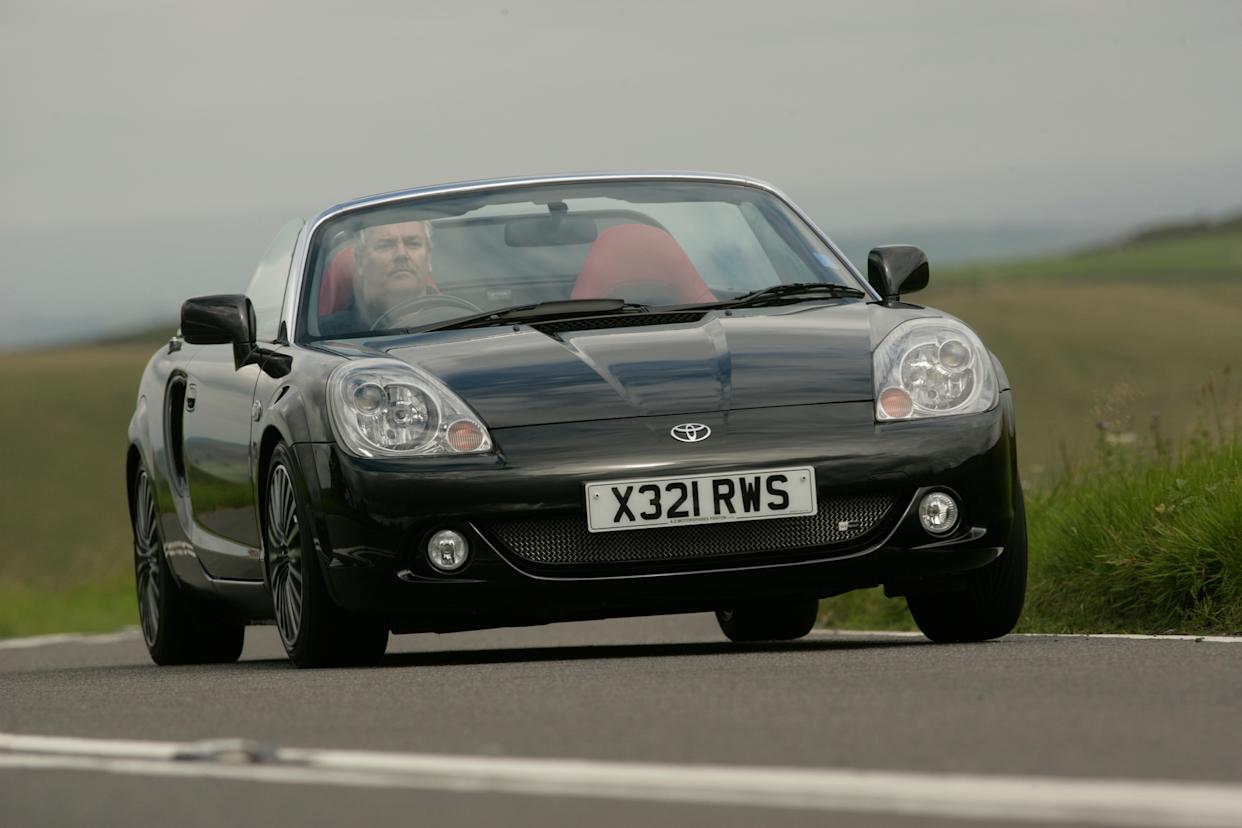
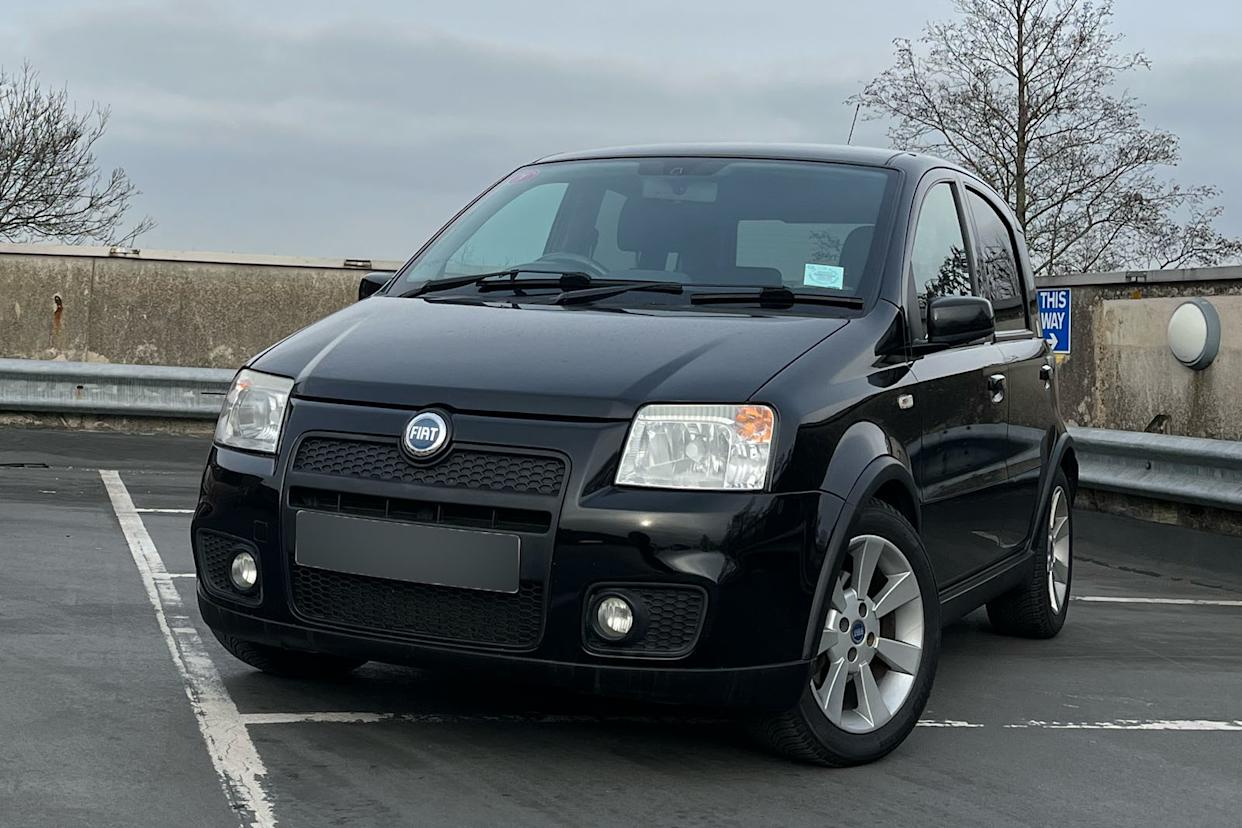
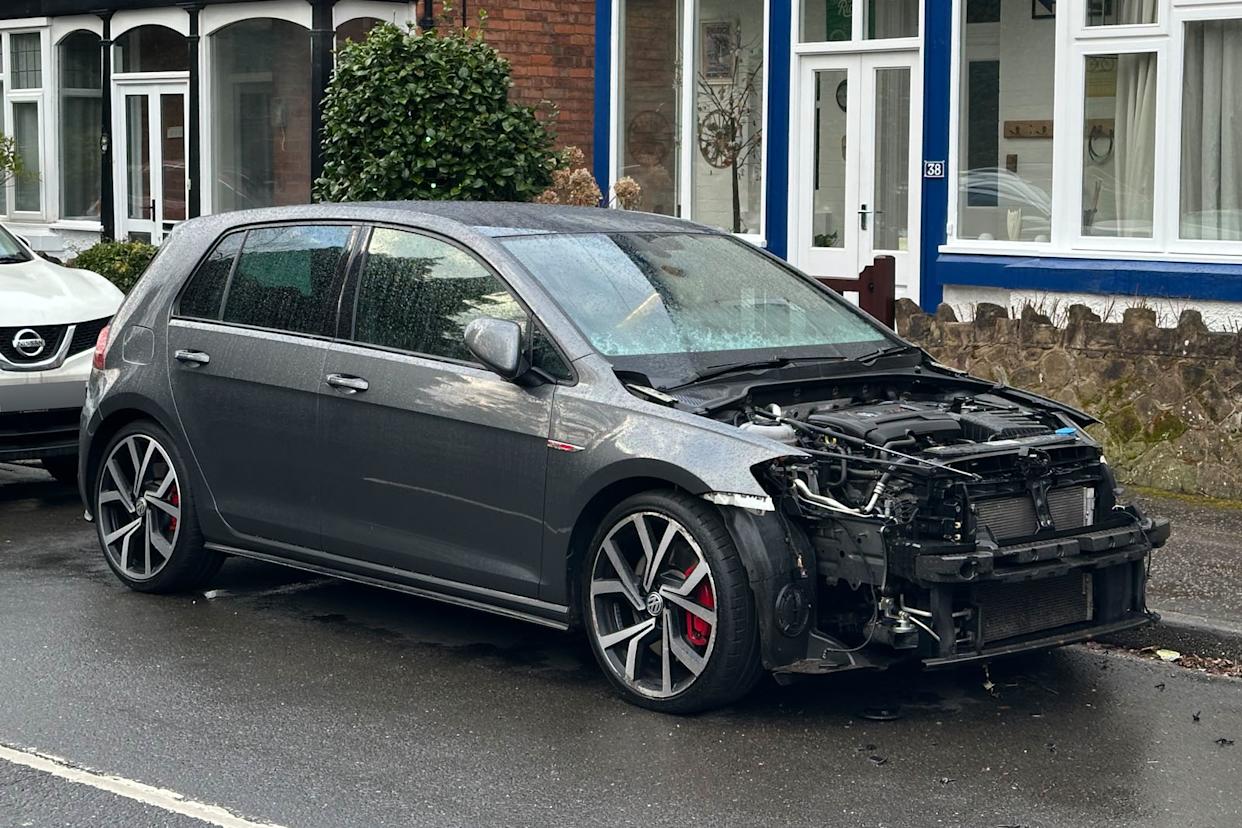
Comments